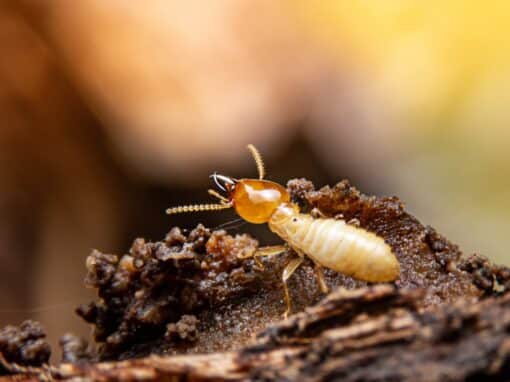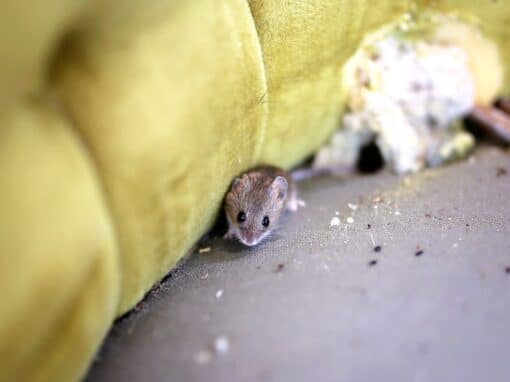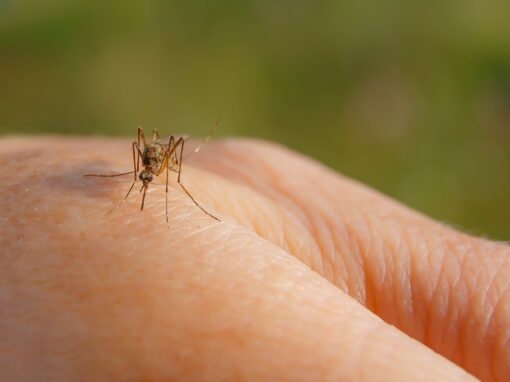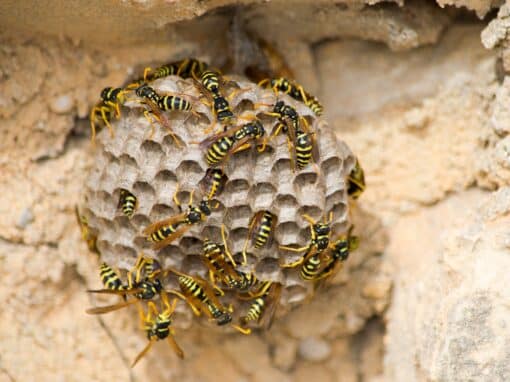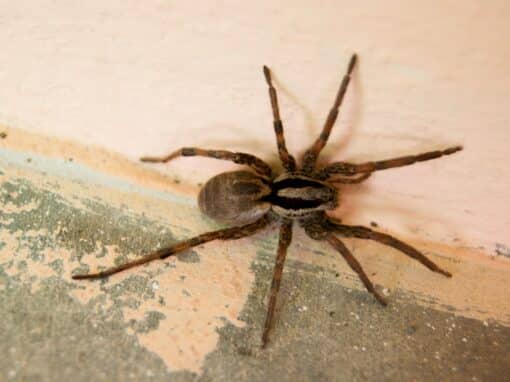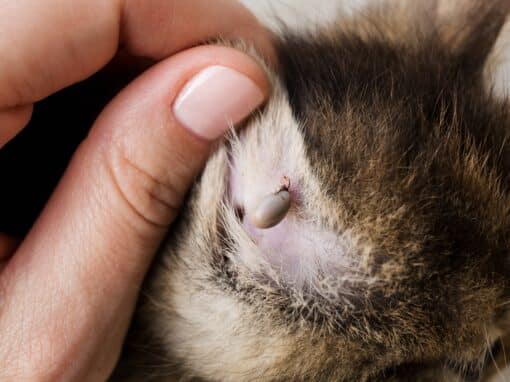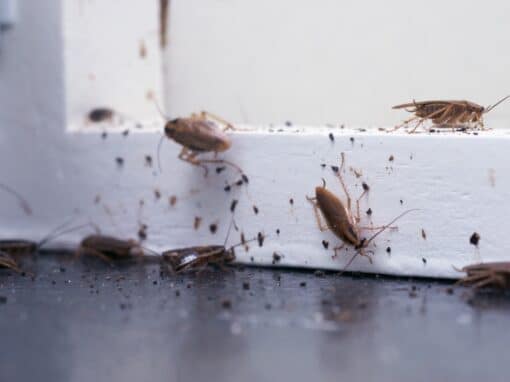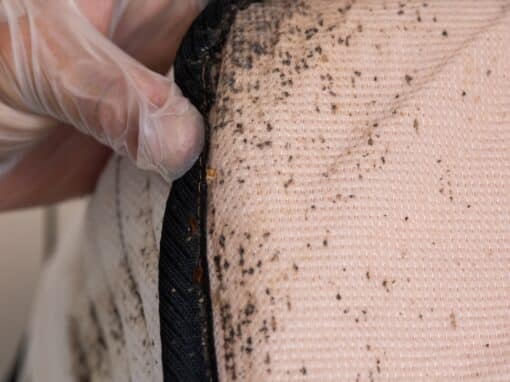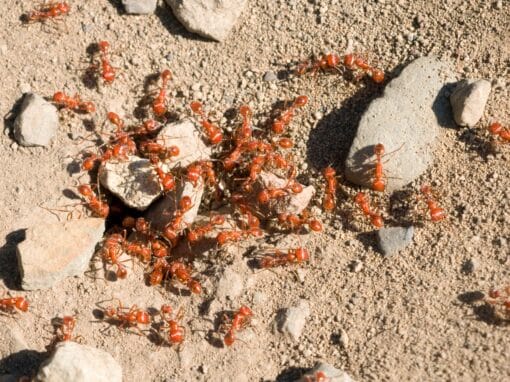Fleas & Ticks
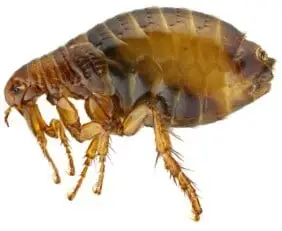
Many people believe you need to have a dog or cat in order to have fleas and ticks in your home. This is not necessarily true. Fleas and ticks can just as easily hitch a ride with the homeowners to gain entry to your house. They may also come inside on new carpeting or other items. Fleas can use their powerful legs to jump as high as 8 inches vertically or 16 inches horizontally, making it easy for them to find a free ride. It’s extremely important to keep these pests out of your home, because fleas and ticks may carry diseases like Lyme disease, typhoid fever, or tapeworms that can make you, your family, and even your pets very sick.
Active Pest Infestation Services
Do you have an active pest, rodent, or other wildlife situation that needs immediate attention? Give us a call or contact us, and we can give you a specialized quote tailored to your exact needs.
Get a quote from us M-F, 8am to 5pm
Flea Control
Fleas are parasites that feed on the blood of any warm-blooded body. The most common species is the cat flea, which often feeds on cats, dogs, and humans. They are often found infesting squirrels and raccoons in urban settings. Fleas cause an uncomfortable itch and painful red bumps, but that’s only the beginning of the dangers. These insects are the most common transmitter of the rare Bubonic Plague. They also transmit a bacterial disease, Murine Typhus, to humans through infected rats. Their saliva can cause serious Flea Allergy Dermatitis in pets, and their debris has been reported to cause similar allergic reactions in humans. Protect your animal friends, because fleas can transfer tapeworms and cause anemia in pets.
A flea lays hundreds of eggs in its lifetime. Each egg hatches into a larvae, then spins a cocoon (pupae), and matures into an adult in as few as five days, depending on the environment. The adult fleas may feed on your pet, then mate, and then lay their own eggs. This life cycle repeats over and over again until some type of control measure intervenes. The life cycle of a flea can last from one month to several months.
FLEA CONTROL TREATMENT – INSIDE HOME
Dust, sweep, vacuum, and mop all surfaces where pets have been frequently. Eggs are laid on the pet and they may drop off as it moves. All affected pets should be treated and removed from the premises for 4 to 6 hours or until area has dried. Remove birds from the home if you are using liquid insecticides or aerosols. Cover or remove fish, and turn off the tank pump. You should keep covered shoes on until all treated areas have dried (4-6 hours).
Treatment Type #1
Flea Control Aerosols: Premise Flea Spray aerosol products have active ingredients to provide quick knockdowns.
Treatment Type #2
Liquid Residual Insecticides and IGR (Insect Growth Regulators) combinations: Using a residual insecticide concentrate controls the adult flea population, and combining it with an IGR prevents the larvae from developing into the cocoon stage, stopping the cycle. This method lasts 4-6 months. It is important to stop the flea cycle which may take up to six weeks. We may apply an IGR by itself if the issue started before the cycle began. We also pay attention to where your pet spends its time. If your pet is on the couch, we recommend treating it as well (after testing a small inconspicuous spot for staining). Flea season starts in the spring time and lasts through the fall months. Unfortunately, IGRs do not work well outside, since the sunshine will break them down.
TICK CONTROL
A few species of ticks may be common around buildings. The brown dog tick is the most common species that infest homes. Ticks are usually carried into homes and yards by dogs. Ticks transmit diseases such as Lyme disease, Rocky Mountain spotted fever, and tularemia.
The Black-legged tick is responsible for most Lyme disease cases in the Northeast/Midwest. Lone Star tick and the American dog tick may also transmit Lyme Disease. Removing a tick can be a tricky task. You can find detailed instructions on removing a tick safely at www.cdc.gov which is the website of the Centers for Disease Control and Prevention. Be alert for signs of a rash or fever. If they develop you should consult your doctor.
THERE ARE SEVERAL STEPS THAT NEED TO BE TAKEN BEFORE TREATMENT IS PERFORMED:
Step #1
All areas being treated by a pest control professional need to be clear of any clutter or debris so that the treatment will be effective (including under the beds). If you are having your yard sprayed, you need to mow the lawn and also make sure that clutter and debris are removed from the yard.
Step #2
The same day that the treatment is performed, Vacuum,Vacuum, Vacuum! Vacuum immediately upon noticing infestation. Vacuum multiple times and dispose vacuum bag in outside dumpster. If canister type vacuum, dump canister in outside dumpster and clean with 91 percent solution isopropyl alcohol.
Step #3
The adult flea is the only stage that bites you, and is only 5% of the total population. However bad your problem is you are only seeing 5%. To gain control of fleas you have to go after all four stages. That is why it pays to seek a professional to get rid of your problem.
Step #4
Have your pet treated at a vet or purchase products to put on your pet from a vet. Dipping your animal will only get the fleas off the pet that are on it at the time you bathe it. They will not keep fleas or ticks off the animal. The flea pills or the product you put behind the neck from the vet seem to be the most effective and are vital to get fleas under control in your home or business.
Don't Let Pests Be A Pest
We've been serving the Lubbock area for 50 years, so we know a thing or two about treating the pests in our area. With a friendly, knowledgable team and competitive pricing, give us a call today and discover the Meers Pest Solutions difference.
What's Bugging You?
